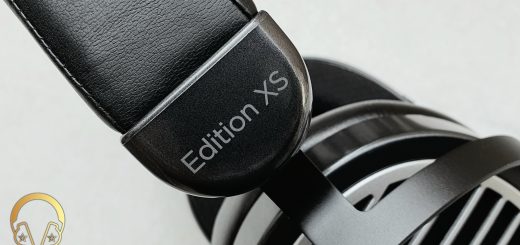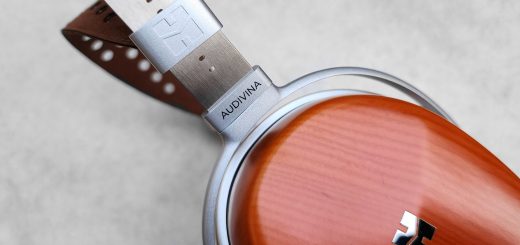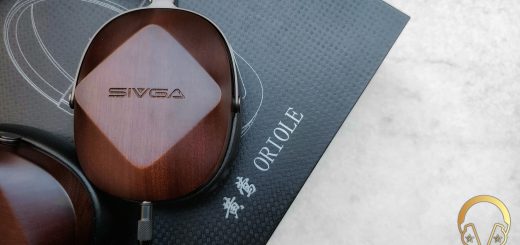HiFiMAN DEVA Headphone Review
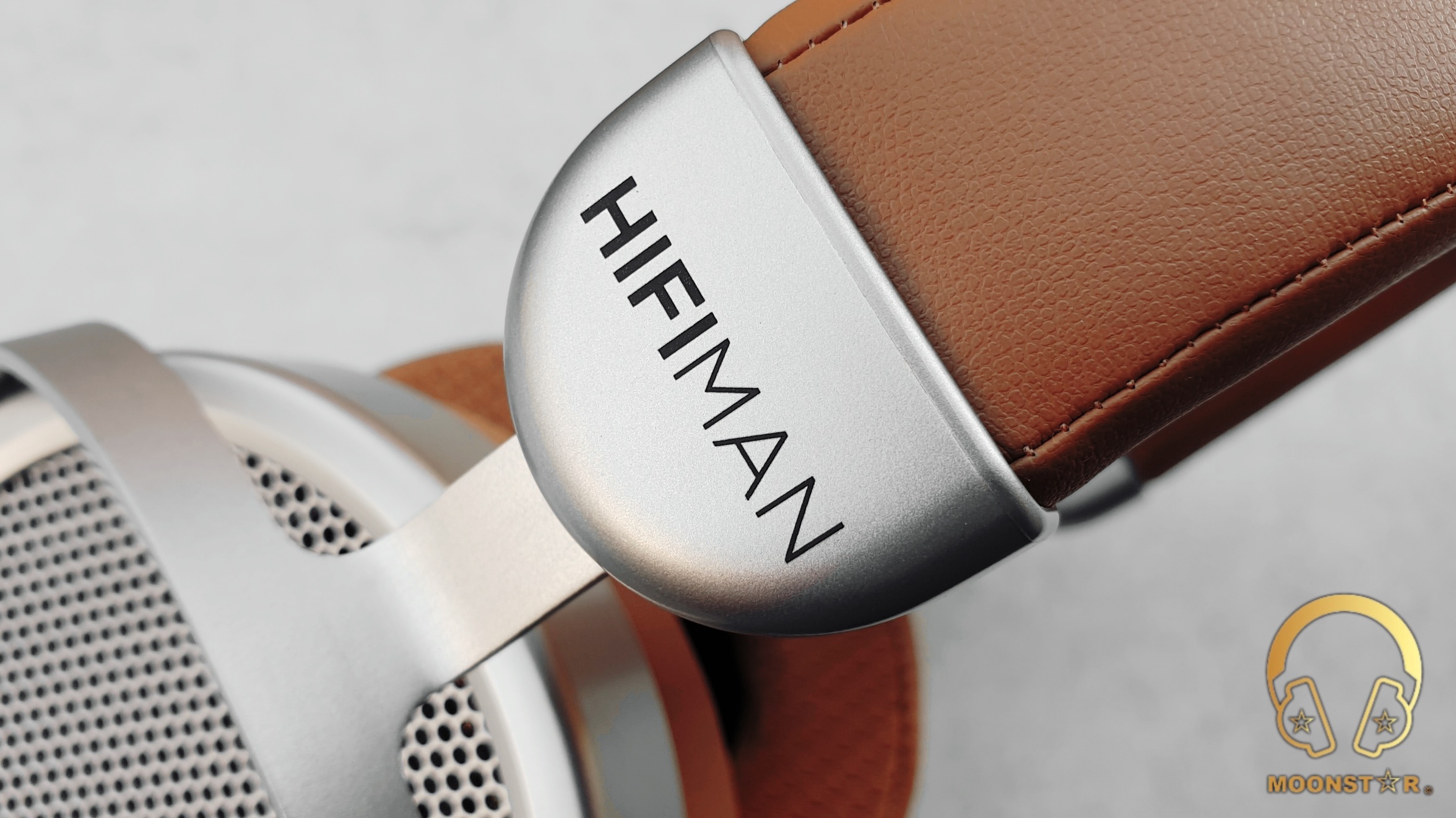
HiFiMAN DEVA Open-Back Headphone Review
Introduction:
HiFiMAN was founded by Dr. Fang in New York – USA and is one of the most well-known personal audio companies in the audiophile word.
HiFiMAN has a wide variety of Hi-Fi, Reference and Premium class products like Portable Audio Players, Planar Magnetic Headphones, Desktop Amplifiers, Earphones, IEM’s and True Wireless Monitors and Headphones like the Ananda BT and the latest member DEVA that I will now review.
The HiFiMAN DEVA is a full sized Open-Back headphone with the latest generation NsD Planar Magnetic Driver and can be used both wired & wireless with the Bluemini Bluetooth module that works also as a USB DAC/AMP.
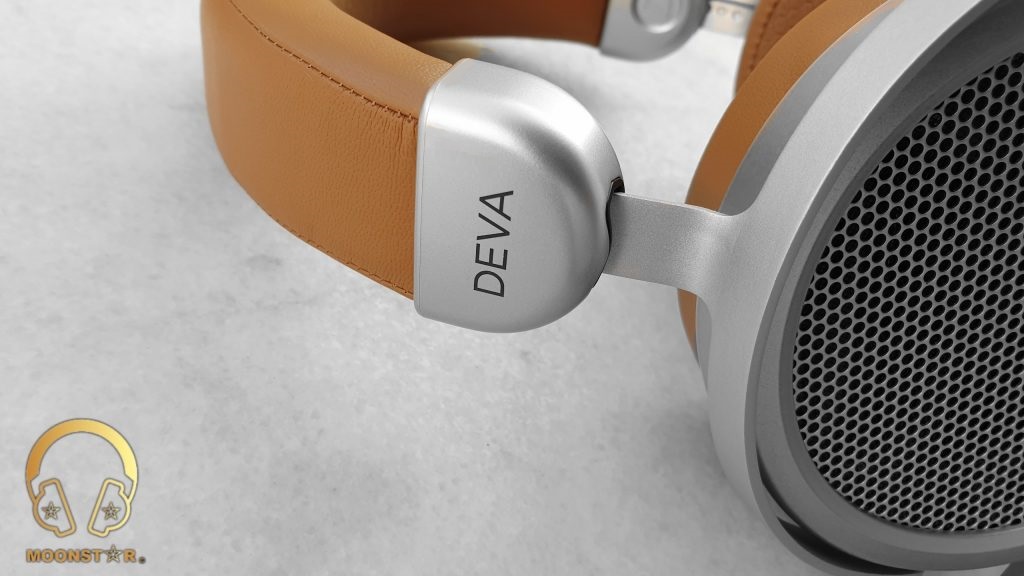
Disclaimer:
The HiFiMAN DEVA was provided to me by the company HiFiMAN for review purposes. I am not affiliated with HiFiMAN beyond this review and these words reflect my true and unaltered opinions about the product.
Price:
The HiFiMAN DEVA has a MSRP price of $299.00 if bundled with the Bluemini module and can also be purchased without the module for $219.00 under the link bellow;
Package and Accessories:
The HiFiMAN DEVA comes in a relative big cardboard box in black color with the illustration of the product and some brandings of the company.

This box contains the following items;
- 1 piece x HiFiMAN DEVA Open-Back Planar Headphone
- 1 piece x Bluemini BT Module/USB DAC/AMP (only include in DEVA+Bluemini Bundle)
- 1 piece x USB Type-C Cable
- 1 piece x 3.5mm to 3.5mm Headphone Cable
- 1 piece x 3.5mm to 6.35mm Adapter
- 1 piece x User Manual
- 1 piece x Warranty Card

The box doesn’t include any protective case.

The HiFiMAN DEVA comes with a USB Type-C data/charging cable and 3.5mm to 3.5mm audio cable to use it in wired mode. The cable has a quite thick plastic insulation with a soft surface.

The Design, Build Quality & Comfort:
The HiFiMAN DEVA is a very stylish looking full-sized Open-Back headphone with a beautiful appearance. The combination of silver on the ear cups and ear-cup holders and light brown on the earpads and the headband makes the DEVA in my opinion to a very esthetic object.

The overall build quality of the DEVA is pretty good with a combination of aluminum, plastic and pleather/fabric material. HiFiMAN had some quality control issues that seems to be solved with the DEVA which doesn’t shows any remarkable imperfections like gaps and annoying cracks when you bend the headband.

The grid and the shell of the earcups is made of plastic material in grey color, while the earcup holders/hangers are made of aluminum material in with the same matt grey color.

The headband and outer surface of the earpads are made of pleather (protein leather) and do have a pretty nice light brown color.


The use of plastic material make the DEVA to a relative lightweight headphone with 360grams compared to other full sized planar headphones that I have used before.

The left ear-cup features the 3.5mm TRRS headphone input that can be used with a balanced cable. Both earcups have the classical HiFiMAN brand logo near the bottom which looks quite esthetic.


The top of the headband has a pretty soft padding and offers a pretty comfortable wearing experience even after some long listening periods, thanks to the relative low clamping force.

The headband adjusting mechanism is showing the size of the headband with small notches.

Both ends of the headband have plastic parts in the same silver matt color and do sport Left and Right markings on the inner surface while the left outer surface has the HiFiMAN brand logo and the right outer surface the DEVA logo in black color.



The earcup holders can be slightly rotated but doesn’t offer any folding mechanism.

The earpads are user replaceable and do have a nice fabric surface in light brown color which is more comfortable material compared to leather or pleather material especially in hot summer conditions, while the sweat rate is at acceptable levels.

Some Technical Specifications:
a) Headphone:
- Driver Type : Planar Magnetic Driver with NsD Diaphragm
- Frequency Response : 20-20kHz
- Impedance : 18Ω
- Sensitivity : 93.5dB
- Weight : 360g
- Socket : TRRS 3.5mm
b) Bluemini Module:
- Frequency Response : 20Hz-20kHz
- AMP Output in fact : 230mw
- AMP Output in theory : 1125mw
- TDH : <0.1%@1w/1kHz
- SNR : 95dB
- Battery Life : 7-10Hours (Bluetooth)
- Weight : 25g
- Bluetooth Codecs : LDAC, aptX-HD, aptX, AAC, SBC
- Transmission : Bluetooth/USB Type C

Bluemini BT & USB DAC/AMP module:
The Bluemini is a very useful all-in one solution that works as Bluetooth receiver, USB DAC and Amplifier. It has a chassis that is made of plastic material in black color and has a form of an arch that fit perfectly to the DEVA.

At the bottom of the Bluemini module is the built-in microphone, a status LED light, USB Type-C input and charging port, charging button and the power button which are pretty easy to navigate.

The 3.5mm headphone jack is a TRRS balanced plug, and near the plug is guide with a moving spring mechanism that sport the HiFiMAN brand logo.

The Bluemini module is pretty lightweight with approx. 25grams.

The Bluemini can also be used as USB DAC/AMP device. When using a computer as the audio input device, there is no need to install drivers when the OS is WIN10 or MacOS. For WIN 8 and older, you need to download the suitable driver.

If connected to portable devices including mobile phones, the lack of a power supply may result in faster than usual battery drainage. Not all devices can be connected by USB mode. In order to connect Bluemini to an iPhone via USB cable, an Apple-certified converter is necessary. Please note that the iPhone does not supply enough power to support charging
a) BT codecs and USB/DAC Formats:
The Bluemini supports the current mainstream HD music transmission protocols, including, LDAC™, aptX™,aptX-HD™ and more, ensuring it is fully compatible with the majority of HD playback devices on the market.
The USB DAC mode of the HiFiMAN Bluemini supports sampling rates up to 24bit/192kHz which is a nice features for an all-in one device.
b) Battery Life:
The HiFiMAN Bluemini module has a built-in battery that offers approx. 6 hours of power with volume set to 30% on my Samsung Galaxy S9+ and LDAC codec activated, which is a more power hungry codec compared to the AAC codec that shows more battery life with a runtime of around 9-10 hours at the same volume level.
c) Pairing, Navigation, Signal Strength/Latency & Call Quality:
The pairing process of the Bluemini is quite easy for that you can find a detailed description in the user manual of the DEVA. Once you have pair the Bluemini with a source such like a Smartphpne, Tablet or PC, etc. the next pairing action will be done automatically after power on of the device.
The operating distance of the Bluemini module is approx. 10 meters and is quite stable even If you use it indoors with up to two walls between the Bluemini and your source.
The voice transmission quality of the built-in microphone paired with my Samsung Galaxy S9+ was on a moderate level.
The Bluemini module is also a pretty successful Bluetooth transmitter in terms of BT latency performance. I didn’t have notice any significant lip sync issue, while I have watched to some Netflix Movies or YouTube videos with my Samsung Galaxy S9 Plus or Apple iPad Air2 tablet.
Equipment’s used for this review:
- Headphones : HiFiMAN DEVA and SIVGA Phoenix
- Wireless Sources : FiiO M11 Pro, Samsung Galaxy S9+, Apple iPad Air2
- Wired Sources : iBasso DX220 MAX, FiiO M11 Pro

Albums & tracks used for this review:
- Sting – Englishman in New York – (Flac 24bit/48kHz)
- Eric Clapton – Wonderful Tonight (Flac 24bit/96kHz)
- Dave Gahan – Kingdom (Tidal Hi-Fi)
- B.B. King – Riding With The King (Flac 24bit/96kHz)
- Chopin – Nocturn No. 20 In C-Sharp Minor (Flac 16bit/44.1kHz)
- Edith Piaf – Non Je Ne Regrette Rien (Flac 24bit/48kHz)
- Diana Krall – So Wonderful (DSF)
- First Aid Kit – My Silver Lining (Flac 16bit/44.1kHz)
- Sertap Erener – Aşk (Flac 16bit/44.1kHz)
- London Grammar – Interlud (Live) (Flac 24bit/44kHz)
- Laura Pergolizzi – Lost On You “Live at Harvard and Stone” (Tidal Hi-Fi)
- Fazıl Say – Nazım Oratoryosu (Live) (Flac 16bit/44.1kHz)
- Vivaldi – Le QuarttroStagioni “The Four Season” (Tidal Hi-Fi)
- Otto Liebert& Luna Negra – The River (Spotify)
- Armin Van Buuren – Vini Vici (Flac 16bit/44.1kHz)
- Lorde – Royal (Flac 24bit/48kHz)
- Massive Attack – Angel (Flac 24bit/192kHz)
- Twerl – Lishu (Spotify)
- U2 – Sunday Bloody Sunday (Flac 16bit/44.1kHz)
- Portishead – The Hidden Camera (MP3 320kpbs)
- Metallica – Sad but True (Flac 24bit/96kHz)
- Megadeth – Sweating Bullets (Tidal Hi-Fi)
- Rush’s – Leave That Thing Alone (Flac 16bit/44.1kHz)
- Slayer – Angel of Death (Spotify)
- Tom Player – Resonace Theory “Album” (Tidal Hi-Fi)
- Liquid Tension Experiment 2 – Acid Rain (Spotify)
The Sound:
The HiFiMAN DEVA is a full sized open-back headphone with a warm and musical tonality, which offers an emotional midrange presentation with good level of clarity, the treble rage on the other hand sound crisp and detailed with good extension, while the bass is midbass focused and very fast thanks to the planar magnetic driver.

Bass:
The bass of the HiFiMAN Deva shows a very fast response thanks to the planar magnet driver which offers also good control and detail retrieval.
The subbass region of the HiFiMAN DEVA shows an average level of depth and rumble due to the open-back design, while I think that it offers enough quantity and quality for a headphone in this category. Both wired sources the iBasso DX220 MAX and FiiO M11 Pro offers slightly more subbass intensity, depth and extension compared to the DEVA which I have paired with its wireless Bluemini module.
The midbass region of the HiFiMAN DEVA is more pronounced compared to the subbass region and is the focal point in the lower frequency region. The midbass region is surprisingly punchy and full bodied for an open-back headphone with planar magnetic drive. It is fast, punchy and gives the overall presentation a nice level of fullness, but you shouldn’t expect the depth and slam effect of a closed back headphone with a typical dynamic driver.
Instruments such like bass guitars, drums and violas do show a better level of extension, more intensity and depth if pair with a wired source like the DX220 MAX or FiiO M11 Pro compared to the Bluemini which offers otherwise a pretty impressive performance for a wireless BT DAC/AMP.

Midrange:
The HiFiMAN DEVA shows a warmish midrange presentation with a petty well amount of transparency and airiness. The midrange sounds quite detailed and offers a nice level of fullness paired with the wireless Bluemini BT Module. The HiFiMAN DEVA offers noticeably more clarity, detail retrieval and lower midrange depth if you use it wired with a good source like the DX220 MAX.
The lower midrange of the DEVA shows a moderate level of depth and extension. It gives instruments like acoustic guitars, pianos or violas and both female and male vocals a nice touch of musicality and fullness without to sound muddy or muffled.
Male vocals do show an average depth and fullness, while vocals such like Sting, Dave Gahan or Eric Clapton do sound quite emotional and intimate with the HiFiMAN DEVA.
The upper midrange is nicely emphasized without to sound too smooth or too harsh and offers a good level of clarity, detail and extension while listen to female vocals like Edith Piaf or Diana Krall or Instruments like flutes, violins or pianos. The upper midrange shows better extension and detail retrieval paired with a wired source, while I was very satisfied when I listen to the DEVA for the first time.
The Bluemini is a very capable module which offers a decent midrange detail retrieval, clarity and dynamics, while the transition from the midbass region to the lower midrange area are pretty controlled without to show any unwanted muddiness or mixings.

Treble:
The treble range of the HiFiMAN DEVA sounds quite pronounced with focal point in the lower treble range especially around the 6 – 7 kHz region which gives the DEVA a great sense of clarity and definition.
The transitions from the upper midrange towards the lower treble area do sound fairly controlled with the Bluemini module, while it shows a better sense of lower treble extension and control if you listen to it with a wired source like the FiiO M11 Pro or iBasso DX220.
The lower treble range of the DEVA is more pronounced and detailed compared to the upper treble region which has an audible fast roll-off around with a dip around the 7-8 kHz area.
The upper treble region offers an above average level of airiness and sparkle and shows a nice timbre that is pretty lush and sweet to listen to, both with the Bluemini and with wired sources.
Treble intensive instruments in classical music like flutes, violins or the oboe up to cymbals and hi-hats in metal music do sound pretty transparent and controlled with the Bluemini module, while wired sources do offer slightly more fullness, detail and better extension.

Soundstage:
The HiFiMAN DEVA is an open-back headphone which means low isolation but a better sense of space and airiness. The DEVA offers a spacious sense between instruments and vocals and performs also pretty well in terms of separation and placement. The soundstage has an above average wideness and height, while the depth is on a moderate level.
Comparison:
HiFiMAN Deva (wired) versus SIVGA Phoenix:
Both the HiFiMAN DEVA and SIVGA Phoenix are full sized open-back headphones, while the main difference is the driver technology. The Phoenix features a dynamic driver while the Deva is a headphone with a planar magnetic driver. The driver technology has a pretty noticeable effect on the sound character and overall performance that I will explain below.

The SIVGA Phoenix has a warmer, fuller and more musical tonality compared to the HiFiMAN Deva that shows also a fairly warm, slightly brighter and more neutral tonality.
The SIVGA Phoenix has the upper hand in terms of subbass depth, quantity and extension with its pretty powerful 50mm diameter dynamic driver. The Phoenix offer more subbass rumble, while the HiFiMAN Deva is superior in terms of subbass layering and control and shows also faster decay, while both are pretty equal in terms of detail retrieval.
The midbass region of the SIVGA Phoenix shows more impact, better extension and weight compared to the HiFiMAN DEVA which is a bit shy in this area. The DEVA has the upper hand in terms of speed and overall control.
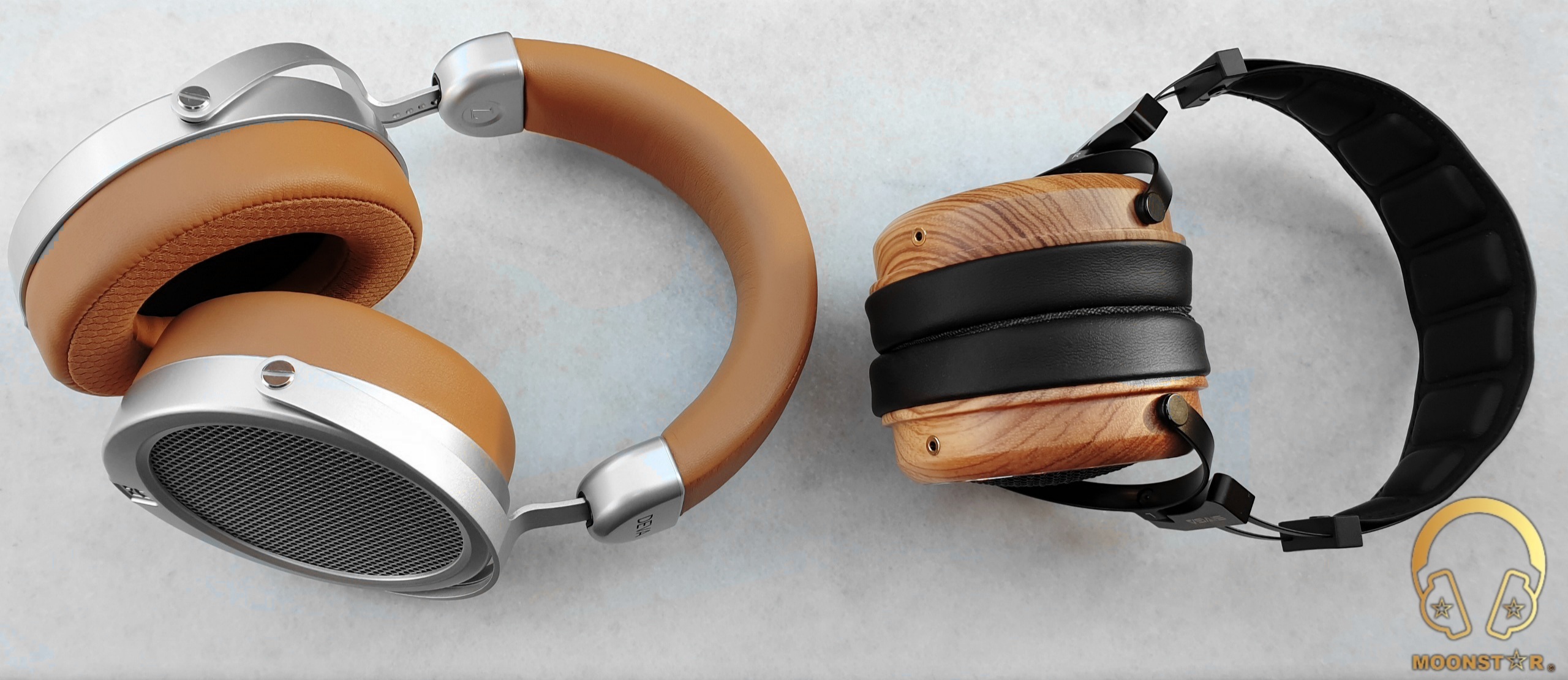
The midrange of the SIVGA Phoenix is slightly more forward and shows also a warmer overall tonality. The HiFiMAN DEVA on the other hand offers a more neutral, slightly more recessed and brighter tonality. The HiFiMAN Deva has the upper hand in terms of upper midrange intensity, detail and extension which makes it more ideal for female vocals or instruments such like violins or flutes. The SIVGA Phoenix on the other hand has an advantage in terms of lower midrange depth and extension which makes it more successful with male vocals and with instruments such like violas, trumpets and acoustic guitars.
The midrange of the HiFiMAN DEVA sounds more airy and spacious, while the SIVGA Phoenix shows a slightly more intimate and musical presentation.
The treble range of both headphones is quite successful in terms of control and detail retrieval. The DEVA shows more sparkle, better definition and a higher amount of airiness, compared to the SIVGA Phoenix that offers a smoother presentation which makes it ideal for longer listening periods.

Both Headphones are successful in terms of soundstage performance and separation of instruments and vocals. The HiFiMAN DEVA is superior in terms of soundstage width and airiness. The SIVGA Phoenix on the other hand is slightly more successful when it comes to the soundstage depth.
Conclusion:
The HiFiMAN DEVA is a gorgeous looking open-back headphone with a very versatile and musical presentation. The DEVA offers an emotional midrange presentation with good level of clarity, a treble range that sounds crisp, detailed and with good level of extension, and shows a bass which is very fast thanks to its new generation NsD planar magnetic driver. I highly recommend you to take the DEVA + Bluemini bundle which do offer a wonderful synergy.
Pros & Cons:
- + Versatile and Musical Presentation
- + Fast Bass Response
- + Midrange Detail & Clarity
- + Treble Extension and Sparkle
- + Comfort and Esthetic
- + Bluemini is a Great BT Implementation
- – Upper Treble Roll-Off
- – Plastic Earcups
- – Cable a bit too thick
- – Mediocre Voice Transmission

